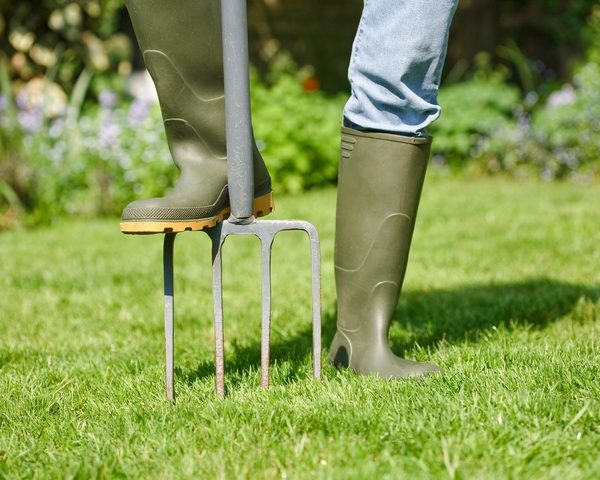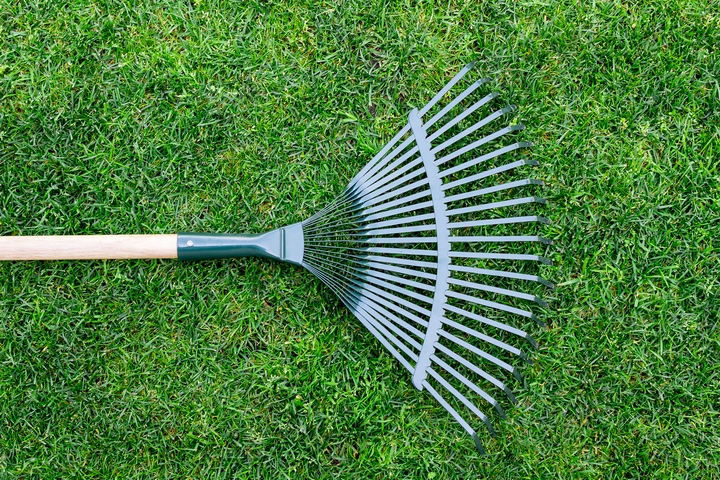
6 Types of Routine Lawn Maintenance Tasks
A green and healthy lawn is a beautiful component of any home that you, your family and pets can enjoy everyday. Whether you are just starting to maintain your lawn or have been for many years, consider the list below of six lawn care activities and why they are important.
1. Lawn Fertilization

Applying fertilizer to your lawn will prevent weeds from growing and help your lawn grow thicker. Typically, only one fertilization treatment is needed at the beginning of spring, for most people that is mid-April.
However, optimal results for your lawn can be achieved with three or four applications throughout the spring and summer months. The more you water your lawn, the more fertilizer applications you will require. As the grass grows, it uses up the nutrients and components within the applied fertilizer.
If you have a sprinkler system that waters your lawn daily, reapplication is especially important. Otherwise, you can wait a few weeks longer before reapplying fertilizer.
2. Weed Control

Anyone who has a lawn knows how pesky weeds can be, some are worse than others. Every lawn is prone to different types of weeds. The types of weeds your lawn has will determine the product and treatment types you need. Usually both pre-treatment and post-treatment are used to remove and prevent weeds.
In today’s world, its important to consider the environmental effects of products and services like weed control. Fortunately, there are weed control products that are better for the environment which should be used, particularly if you are applying weed control product regularly.
When purchasing products or services related to weed control, make sure to enquire if the product used is approved by the Environmental Protection Agency (EPA) or other related agencies.
3. Aeration

Usually done in the spring or fall, the lawn aeration process deepens and improves your lawn’s root system. A better root system within your lawn means higher resistance to diseases, lack of pests, durability to weather stressors and smoother water movement.
In addition, future lawn care treatments will be more effective because the applied products will reach deeper after aeration. Otherwise, your lawn will be deprived of products applied, air and water due to built up lawn thatch and tufts of grass.
4. Pest and Insect Control

A number of pest and insects can cumulate and damage your lawn such as white grubs, moles and sod webworms. Identification of pests and insects on your lawn can be easy or difficult depending on the pest. Look for irregularities like holes, loose dirt, damage to plants or grass and, of course, pests themselves.
If you have identified insects or pests in your lawn, the next step is to get rid of them to ensure they don’t cause further problems. To prevent insects and pests from inhabiting your lawn in the future, regular maintenance is key.
5. Lawn Disease Control

Lawn diseases are challenging to diagnose and treat once they become visually obvious through grass discolouration. Because of this, it is best to use a proactive approach to prevent diseases from inflicting your lawn. Under this approach, regular applications of product are done throughout the year to prevent lawn disease.
That being said, a reactive approach can be used as well to cure lawn disease once it occurs. Once an appropriate diagnosis has been made, suitable lawn product can be applied to cure the disease.
6. Lawn Seeding

If your lawn is patchy or sparse, you may need to apply new seedlings or overseed to grow lush, thick grass. Lawn seeding in combination with regular watering will improve the quality of your lawn. This type of lawn maintenance can be done as needed.
